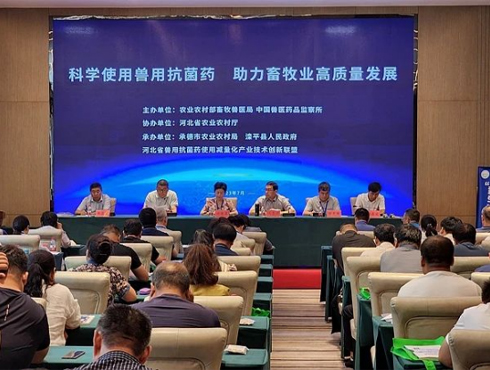
Nov . 16, 2024 12:35 Back to list
salpingitis in hens factories
Salpingitis in Hens Understanding the Impacts on Poultry Factories
Salpingitis is an inflammatory condition affecting the oviducts in hens, and it poses significant health and production challenges in poultry factories. This condition not only impacts the individual bird but can also have broader implications for poultry health, egg production, and the economic viability of chicken farming operations. Understanding salpingitis, its causes, effects, and management strategies is critical for poultry producers seeking to maintain a healthy and productive flock.
What is Salpingitis?
Salpingitis refers to the inflammation of the oviduct, the tube through which eggs pass from the ovaries to the outside of the body. In hens, this condition often results from bacterial infections, and it can lead to severe reproductive problems. The oviduct is comprised of several sections, each with critical roles in egg production and laying. When inflammation occurs, these functions can be disrupted, leading to various health issues for the hen.
Causes of Salpingitis
The primary cause of salpingitis in hens is bacterial infection, often stemming from organisms such as E. coli or Salmonella. These pathogens can invade the oviduct through various routes, including the vent or during the laying process itself. Factors that increase susceptibility to salpingitis include poor biosecurity measures, overcrowding, inadequate sanitation, and stress caused by environmental conditions or management practices.
Stress is particularly influential; when hens are stressed, their immune systems can weaken, making them more vulnerable to infections. Additionally, nutritional deficiencies or poor housing conditions can further compromise hen health and increase the likelihood of developing salpingitis.
Symptoms and Diagnosis
Infected hens may exhibit a range of symptoms, including decreased egg production, the production of abnormal or soft-shelled eggs, and signs of general malaise, such as lethargy and a hunched posture. Farmers may also note foul odors or changes in the appearance of the oviduct or the pelvic region during examinations.
Diagnosis often involves a combination of clinical observations, farming history, and laboratory testing. Necropsy can provide insights into the severity of the condition and the presence of any pathogens. Early diagnosis is crucial to prevent the spread of infection within a flock.
Impacts on Poultry Factories
salpingitis in hens factories

The presence of salpingitis in hens can lead to substantial economic losses in poultry factories. Reduced egg production directly impacts profitability, as fewer eggs translate to lower sales revenue. The cost associated with veterinary care, medications, and potential culling of severely affected birds also adds financial strain on operations.
Moreover, hens suffering from salpingitis may become carriers of infectious agents, posing a risk to other birds in the facility
. This risk intensifies especially in high-density housing situations typical of poultry factories, where disease can spread rapidly among a large population of birds.Management Strategies
Effective management of salpingitis involves a multi-faceted approach that prioritizes prevention, early detection, and treatment. Key strategies include
1. Biosecurity Measures Implementing stringent biosecurity protocols to prevent pathogen introduction and spread is essential. This includes controlling access to poultry facilities and maintaining strict sanitation protocols.
2. Environmental Controls Reducing stress through better environmental management is critical. Providing adequate space, proper ventilation, and a comfortable living environment can improve hen resilience to infections.
3. Regular Health Monitoring Keeping a close eye on the health of the flock will facilitate early detection of salpingitis. Regular veterinary check-ups and health assessments can help identify issues before they escalate.
4. Nutritional Support Providing a balanced diet rich in vitamins, minerals, and other nutrients is essential to bolster the immune system of hens. This can aid in reducing the risks associated with infections.
5. Prompt Treatment Should infections occur, timely intervention with appropriate antibiotics and supportive care can help mitigate the severity and spread of the disease.
Conclusion
Salpingitis in hens represents a significant challenge within poultry factories, affecting both animal welfare and economic viability. By understanding its causes, symptoms, and management strategies, poultry producers can better protect their flocks and ensure sustainable operations. Maintaining robust health standards and prioritizing hen well-being can lead to a more productive and profitable poultry farming environment.
-
China Salivation AI with GPT-4 Turbo Features
NewsAug.01,2025
-
Epic Sepsis Factories: AI-Driven Detection with GPT-4 Turbo
NewsJul.31,2025
-
Acute Salpingitis and Oophoritis AI Factory
NewsJul.31,2025
-
Premium China Bacillus Subtilis Supplier & Factory Solutions
NewsJul.30,2025
-
Premium Avermectin Supplier in China | Custom Solutions Available
NewsJul.29,2025
-
China Bacillus Subtilis Supplier - Custom Factory Solutions
NewsJul.29,2025




